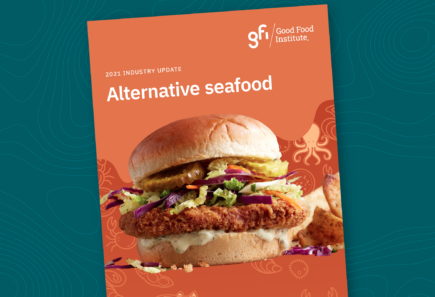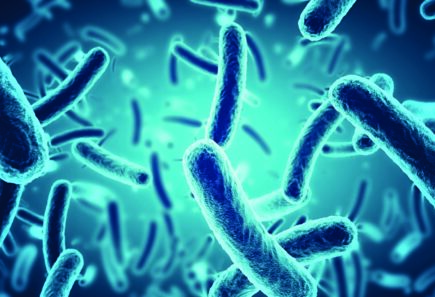
State of the Industry Report: Alternative seafood
Our report explored the global alternative seafood industry’s commercial landscape and shared the latest on investment, sales data, and consumer insights in 2021.

Our report explored the global alternative seafood industry’s commercial landscape and shared the latest on investment, sales data, and consumer insights in 2021.

Research can propel alternative protein innovation and accelerate the shift to a more sustainable food system. Mapping the funding landscape can reveal critical opportunities to bolster innovation.

Explore data on funded alternative protein research grants from around the world to discover insights using our dashboard or our database.

GFI Corporate Engagement Specialist Marika Azoff will cover trends and opportunities in alternative seafood on a panel at the Natural Products EXPO Virtual.
The world's most in-depth, cross-sector gathering focused on the power and potential of alternative proteins to fundamentally change food and agriculture. The Good Food Conference will be held online from September 22-24, 2021.
The Good Food Conference 2023: Path to 2030 was held in San Francisco, CA at the Fort Mason Center, September 18-20th.

Join this webinar hosted by Protein Directory and Bright Green Partners for an overview on successfully entering and navigating the fermentation sector.

Techno Economic Assessment models (TEA’s or TEM’s) are one of the first elements of a business plan for any alternative protein venture. In this talk, Next Rung Technology’s John Ellersick will present on using TEAs in the commercialization of alternative proteins.

The Wall Street Journal’s Global Food Forum will tackle the critical issue of sustainability across the food industry and agricultural economy, covering topics from seed research and farming practices to packaging and the food we eat.
GFI submitted a comment to the U.S. Department of Agriculture (USDA) recommending that the agency invest in open-access alternative protein research to help achieve resilient, durable, and efficient agricultural supply chains and mitigate the risk of future disruptions.